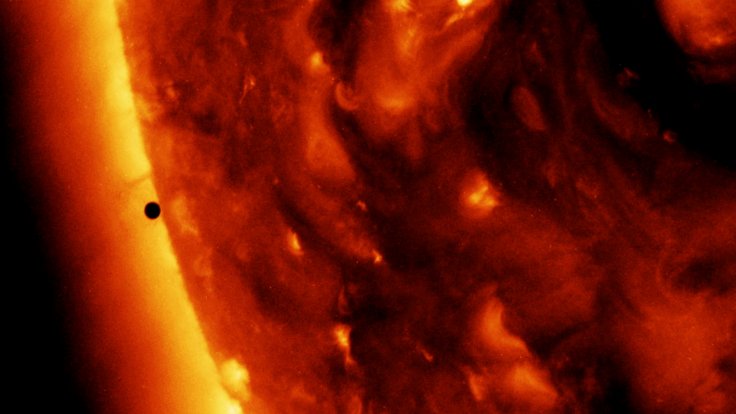
NASA in collaboration with researchers from Massachusetts Institute of Technology, was able to measure the mass loss and other solar parameters which result in the decreasing gravitational force of the Sun.
They found new values which reduce the uncertainty of earlier predictions. The rate of solar mass loss is relative to the stability of the gravitational constant 'G'. However, the scientists are unsure if G can always be considered a fixed number.
Antonio Genova, the lead author of the study published in Nature Communications said, "Mercury is the perfect test object for these experiments because it is so sensitive to the gravitational effect and activity of the Sun."
NASA's MESSENGER spacecraft has analyzed subtle changes in Mercury's motion during its mission in the planet from 2008 to 2015. The spacecraft had made three flybys of the planet in 2008 and 2009 and has been orbiting it from March 2011 to April 2015.
Radio tracking data that monitored the probe's location during the mission helped in finding Mercury's charted ephemeris, the roadmap of the planet's position in the sky over time. Analysis of changes in the planet's motion helped to study the Sun.

Scientists have found that the perihelion or the closest point to the Sun during its orbit shifts over time called precession. The gravitational force of other planets can also result in Mercury's precession.
Einstein's theory of general relativity works in the situation of the warping of space-time around the Sun because of the star's own gravity. The warping of space and time is explained as a fundamental force which holds us to the surface of Earth which works as an interaction between the 3 dimensions and the time.
Mercury's precession is also attributed to Sun's interior structure and dynamics. According to NASA, "One of those is the Sun's oblateness, a measure of how much it bulges at the middle-its own version of a "spare tire" around the waist-rather than being a perfect sphere. "
The researchers were able to separate several solar parameters using the studies on relativistic effect which were not possible in the previous studies. The researchers measured the quantities related to the evolution of Sun's interior and relativistic effects, the difference between values calculated by models considering and not considering relativity.
Erwan Mazarico, a Goddard geophysicist said, "By coming at these problems from a different perspective, we can gain more confidence in the numbers, and we can learn more about the interplay between the Sun and the planets."
Scientists have earlier predicted a loss of one-tenth of a percent of the Sun's mass over 10 billion years. This loss reduces Sun's gravitational pull and allows the spread of orbits by half an inch of 1.5 centimeters per year, as per Astronomical Unit (AU).









